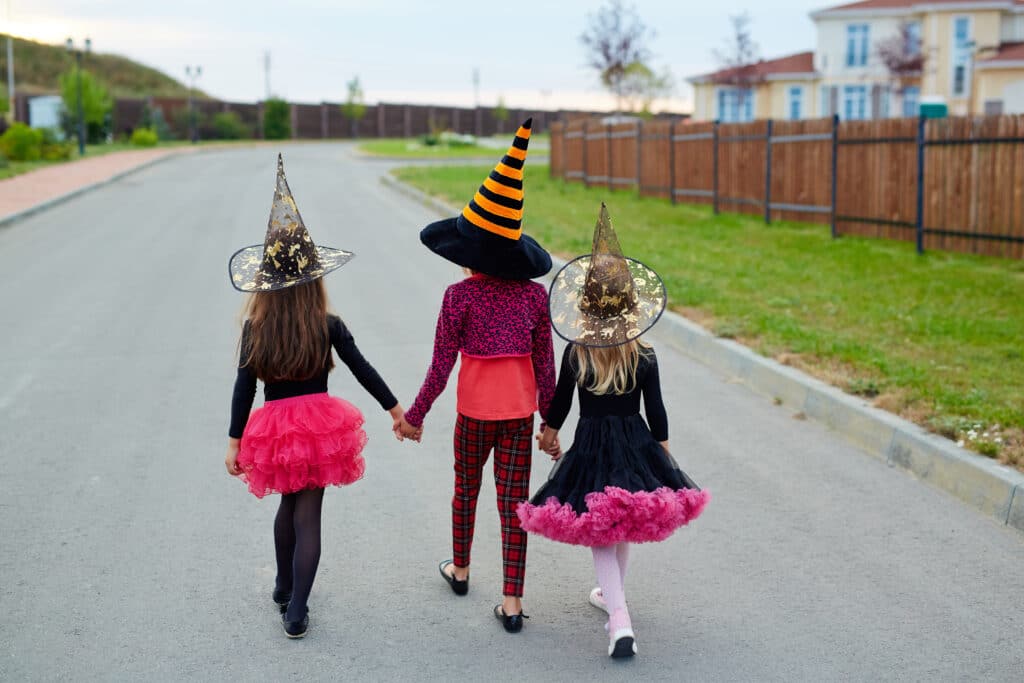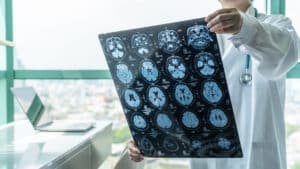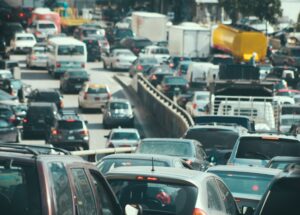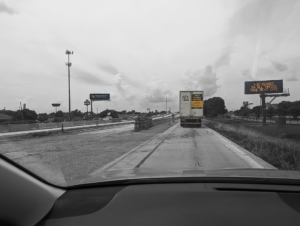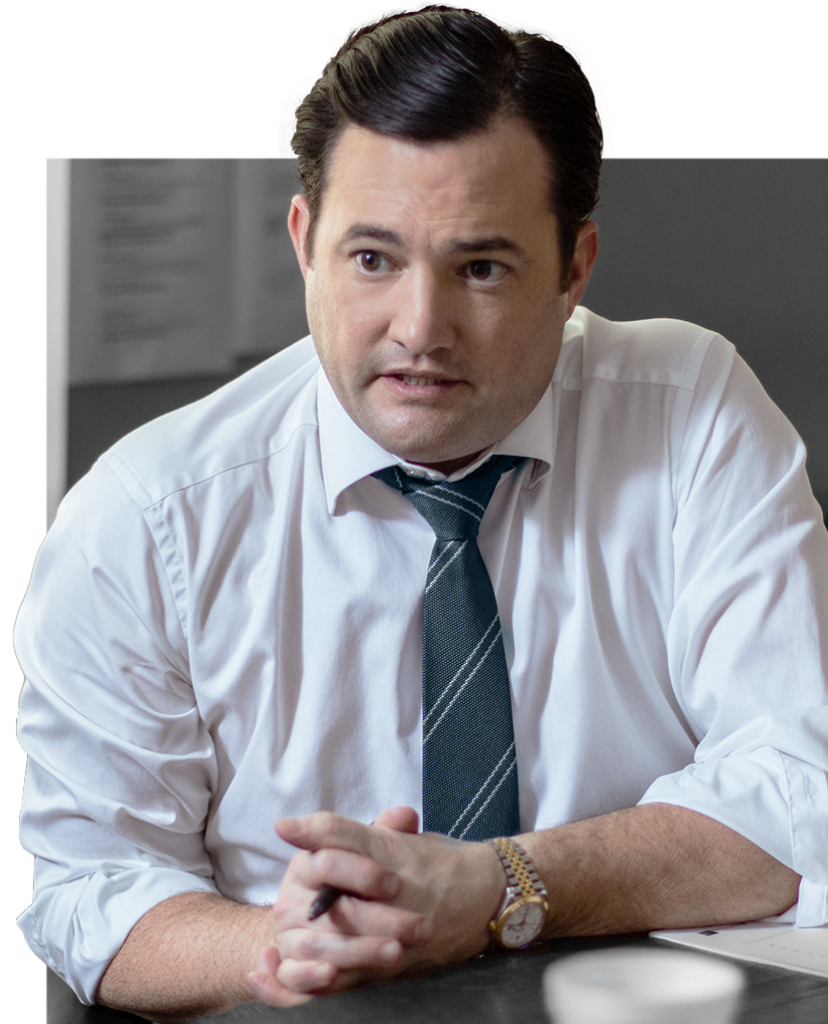You may have heard of the age-old cautionary tale about Halloween candy laced with drugs, poison, and other harmful substances. However, a pedestrian accident is far more likely to cause concern on Halloween night than adulterated candy. With increased pedestrian traffic in the dark and countless distractions in the form of spooky decorations, Halloween night conjures up a scary brew of unsafe factors. Here are answers to some of the most commonly asked questions about pedestrian accidents during Halloween.
How Common Are Pedestrian Accidents During Halloween?
Pedestrian accidents are more common on Halloween night than on other nights. A recent study from the Journal of the American Medical Association (JAMA) analyzed data from the National Highway Traffic Safety Administration’s Fatality Analysis Reporting System (NHTSA FARS) covering 42 years and found that the risk of being involved in a fatal pedestrian accident is 43% higher than on other nights.
Additionally, according to the National Safety Council (NSC), kids are more than twice as likely to be involved in a deadly pedestrian accident on Halloween. Car drivers are the leading cause of these deaths, most often due to distracted driving, texting and driving, or drunk driving.
Does the Day of the Week Impact the Accident Rate on Halloween?
The day of the week Halloween falls on also plays an important factor in the deadliness of the holiday. A study from AutoInsurance.org, a third-party resource, found that Friday is the deadliest day for Halloween. In particular, Halloween Fridays are 22% more likely to have fatal crashes than the average Friday.
Weekday Halloween nights are 11% more deadly on average than weekend Halloween nights. This is due to increased road and pedestrian traffic in the evening as children go trick-or-treating when adults drive home from work.
What is the most dangerous time for accidents on Halloween?
The deadliest time for pedestrian accidents on Halloween varies per population segment. Children are more likely to be hit by a car between 5 p.m. and 10 p.m., with the deadliest hour being between 6 p.m. and 7 p.m. This is because of the confluence of after-work traffic and early trick-or-treaters.
Adults, however, tend to be involved in fatal car accidents in the early hours of the morning. These types of accidents usually happen when adults go back home from Halloween parties and often involve drunk drivers. The best way to avoid these kinds of accidents is to minimize the time on the road at night during Halloween and to never drive under the influence.
What Are Some Common Causes of Pedestrian Accidents During Halloween?
There are many factors that make pedestrian accidents far more common during Halloween night. Some of the most significant contributors are:
- Unsafe costumes: While it may be tempting to go all out with your Halloween costume, it is important to ensure that it does not block your vision or impede movement. This is especially important for children with a large costume who cannot move normally.
- Increased night activity: Halloween parties and trick-or-treating events get more people out of their houses and on the roads at night. Night driving is significantly more dangerous than daytime driving, thus leading to a higher accident rate.
- Decreased pedestrian safety: The excitement of Halloween can make children forget about the dangers of the road. This can cause them to cross the street without caution, often away from the crosswalk.
- Increased distractions for drivers: If you’ve ever seen a neighborhood in the full swing of trick-or-treating, then you know it is a fun sight to behold. However, this can be a big problem for those behind the wheel, as getting distracted for even one second could result in a catastrophic pedestrian accident.
- Reduced visibility: People often try to keep their homes and surrounding areas dimly lit during Halloween to create a spooky environment. However, this reduced visibility can affect drivers and pedestrians alike, who may be unable to see each other before it is too late.
- Increased alcohol consumption: While little ones go trick-or-treating from house to house on Halloween, adults usually attend parties to celebrate the holiday. This can result in an increased rate of drinking and driving, which can result in fatal accidents for drivers and pedestrians alike.
With so many aggravating risk factors, it is not difficult to see why Halloween nights increase pedestrians’ risk.
What Can Drivers Do To Prevent Pedestrian Accidents on Halloween?
While pedestrian accidents are a common feature of Halloween, they are not unavoidable. Here are some things you can do as a driver to minimize the likelihood of being involved in a pedestrian accident:
- Reduce speeds: Speeding is one of the most common causes of pedestrian accidents any day of the year, and Halloween is no exception. Slowing down will give you more time to react if you spot an unsuspecting pedestrian on the road.
- Practice defensive driving: Given the increased rate of pedestrian accidents on Halloween, be extra vigilant on the road and watch for pedestrians, especially small children.
- Avoid drinking and driving: Although you should never drink and drive, it is especially important to remember not to do so on Halloween. While an adult Halloween party can be a fun way to celebrate, remember to never get behind the wheel if you’ve had any alcohol. Take public transportation, get a ride from a designated driver who has refrained from drinking, or use a ride-sharing service to return home from your Halloween party.
- Avoid driving in your Halloween costume: Wearing a Halloween costume behind the wheel can restrict your vision or movement. This could cause you to miss pedestrians and potential hazards on the road and prevent you from reacting quickly enough to avoid an accident.
Following these driving safety tips can help you reduce the number of pedestrian accidents on Halloween.
Sources

